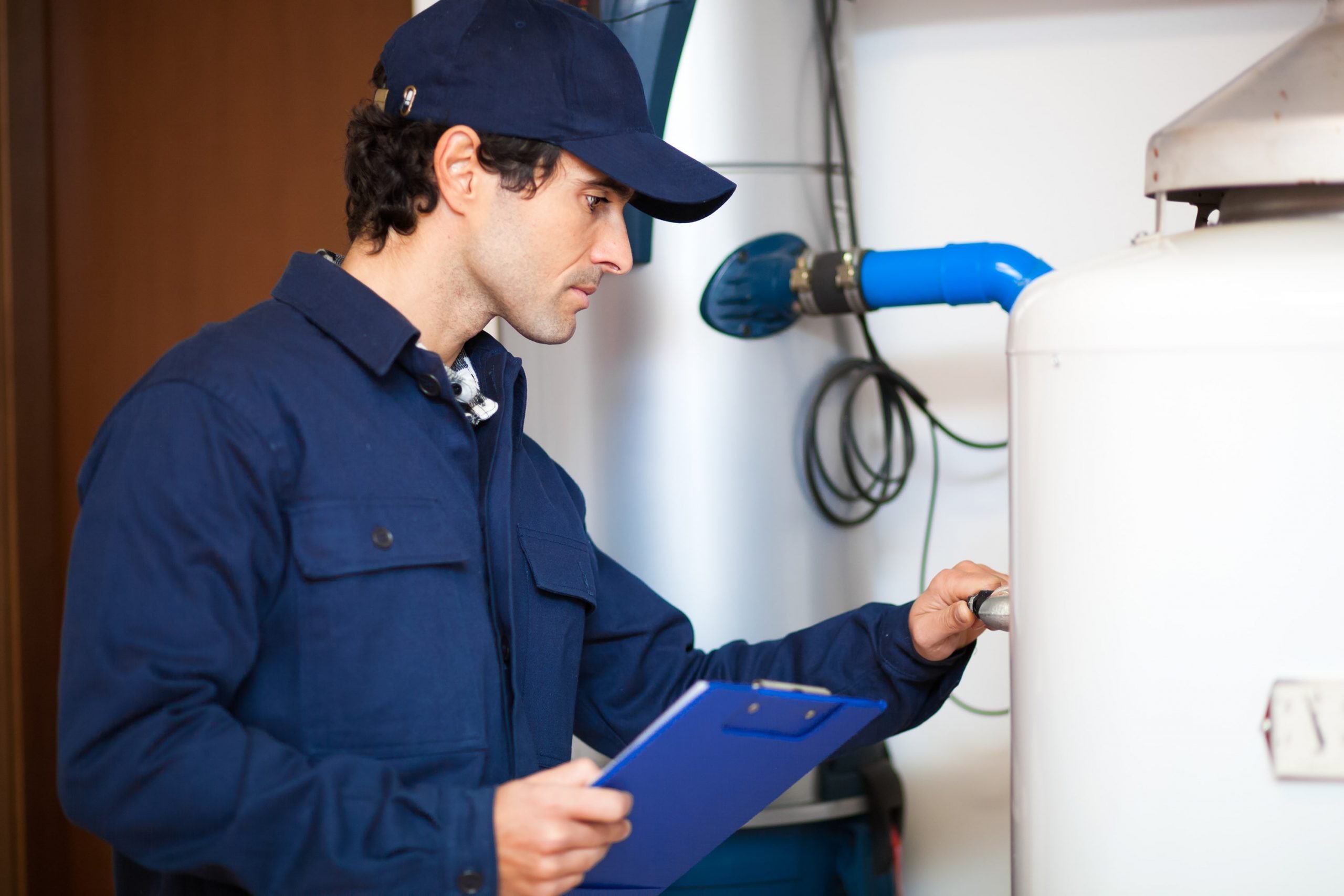Plumbing connections: the basics
Are you having a new home constructed? Or are you thinking about renovating your kitchen or bathroom? Whether you need to install radiant floor heating, hot water heating equipment or a new sanitary system or you simply want to change your kitchen faucet or unclog your drainpipes, you’ll need to make plumbing connections.
Because the plumbing system is one of the main structural elements of your home, you should call on the services of a professional plumbing company to ensure that the connections are effective and compliant.
Different types of plumbing connections
The plumbing connections made during the installation, renovation or repair of plumbing equipment in your home involve pipes and various types of connectors, couplings and fittings.
Drinking-water connections
These connections transport potable water from a well or from the public water supply network to your home, in compliance with all regulations currently in effect in your city. All of the fixtures (dish sink, hand sinks, toilets, etc.) in your home will be efficiently connected to the cold water main, ensuring that there are no leaks.
Sewer-line connections
These pipes allow wastewater of all kinds (from sinks, showers, toilets, etc.) to drain into the municipal sewer network or your septic tank. These connections include the installation of check valves in order to prevent the backflow of rainwater and sewage into your home.
Connections involving electricity
Technicians must take special precautions when installing or repairing underfloor heating systems or electric water heaters in order to ensure that the connections to the hot and cold water supply lines and the electrical grid are safe and secure.
Different types of fittings
When installing plumbing connections, professional plumbers use various types of pipes and fittings (of different materials, forms, etc.) to guarantee impermeability. Since every pipeline is different, there are numerous types of connectors, couplings and fittings available on the market. You should also be aware that the building codes and environmental regulations in Quebec require the use of certain types of pipes and fittings, depending on the nature of the work. Here are the primary materials used:
Copper
This is one of the most common materials used in pipes and fittings, as it makes them solid, practical, versatile and durable. Available in numerous forms (sleeves, T’s, elbows, etc.), these components are perfectly suitable for use in sewer lines and heating systems. Copper pipe connections are welded.
Brass
Brass fittings exist in numerous formats and can be either welded or threaded to join different kinds of pipes.
PVC
PVC fittings, which are available in a wide variety of forms (sleeves, elbows, T’s, etc.), connect pipes using glue. Components made of this material are used primarily to drain wastewater (from hand sinks, dish sinks, showers, etc.) that isn’t under pressure.
Polyethylene
These durable fittings are used on polyethylene pipes, frequently serving as water supply lines for your kitchen and bathrooms.
Cross-linked polyethylene
This supple, pressure-resistant plastic material is often used in sewer lines and low-temperature heating, thanks to its exceptional reliability and impermeability. The components are assembled without welding.
Multilayer
Sturdy and able to withstand high temperatures, multilayer pipes are being used with increasing frequency in general plumbing.
Do you need to have plumbing connections made? Call on the team of seasoned professionals at Plomberie Roger Chayer Inc.











